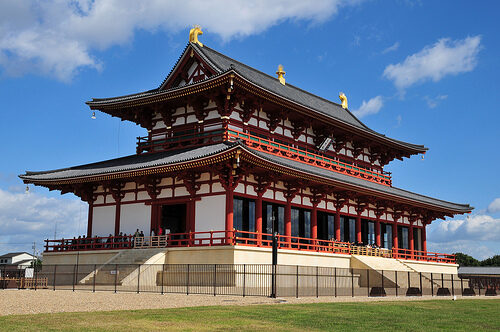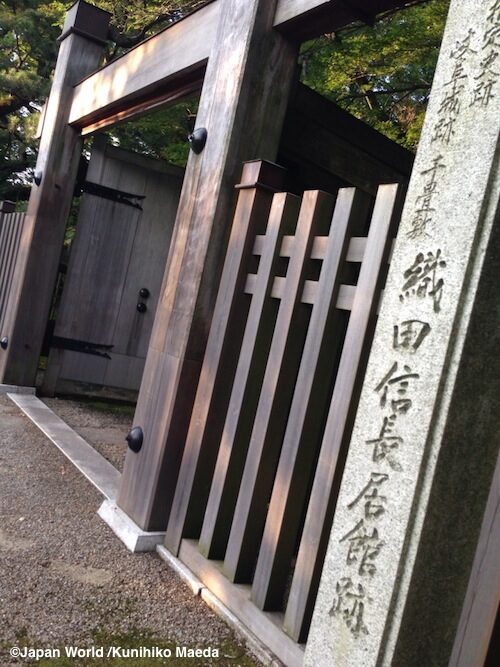Senmaida. It means “One Thousand Rice Paddies”, and refers to the terraced paddies of all shapes and sizes cut into the hillsides around Japan. These now rare agricultural feats of earthwork once graced much of this mountainous nation, but are fast becoming one of those breathtaking scenes of forgotten Japan. The sort of scene you’d expect to see only in a unique journal such as National Geographic.
A small number of the steeply terraced rice paddy regions still remain in rural Japan. The Maruyama Senmaida of Kiwa in Mie Prefecture are among the most extensive and best preserved. The Shiroyone Senmaida of the Noto Peninsula in Ishikawa prefecture made the Guinness Book of Records in 2011 when the 2,000 remaining paddies were lit up with 20,000 pink LED’s. Chiba Prefecture can boast of it’s Cultural Landscape designated Oyama Senmaida in Kamogawa. Others include the Ogura Senmaida of Sado Island and the beautiful Yotsuya Senmaida in Shinshiro City, Aichi Prefecture where these photographs were taken.
The ingenuity and effort put in by the ancient farmers painstakingly carved out of the hillside by hand over 400 years ago must be seen to be appreciated. The various paddies resemble the contours of a model hill in a geography lesson diorama. Small irregular-shaped ponds ringed by earthen rims, fitted together like a strange step-like puzzles.
The narrowest of the fields are just over a meter wide, and there can be 100 meters difference in elevation between the lowest and highest terraces. Because of the steep levels, size and irregular shapes, machinery can’t be used, and so tending to the fields, planting, reaping and maintenance is all done by hand, a time consuming and laborious job.
Being labor intensive work, the increasing costs of working low yield terraces, (compared with flatland cropping) the problem of Japan’s graying society and rural depopulation lead to the terraces falling into disrepair in the post war years. Realizing the value in preserving the paddies and traditional farming practices, as well as the importance of the terraces in water retention and erosion control has lead to combined efforts of local governments and owner adoption systems to revitalize the rice fields.
The terraced landscapes are enjoyable all year round, with the views changing with the seasons. In late spring the paddies are irrigated for planting, and on a still day depending on your view point, mirror the sky, clouds, surrounding hills and forests. By mid summer the rich green of the growing rice is a most refreshing sight. Autumn sees the ripe rice turn a stunning golden yellow, the brightness contrasting with the deep greens of the surrounding trees and mountains. In the winter, the terraces are bare, however, the effort put in to build and maintain the hundreds of steps can be more easily appreciated.
Spring is a good time to visit the various Senmaida rice paddies, as many Rice Planting Festivals are staged by the locals. Dressed in traditional farming wear, the festivals are held right in the rice paddies themselves, with song and dances performed to thank the gods for last year’s crops and pray for a bumper harvest. Locals and visitors alike are encouraged to participate in the planting, so if you don’t mind getting damp and dirty, hop right in and enjoy rural hospitality!
Most of the remaining Senmaida are located out in the middle of nowhere, They are difficult to find and take a long time to get to, facilities are few and far between, they are pretty much unknown and under
appreciated, rarely visited and barely promoted as tourist destinations.
And that’s what makes them special!

